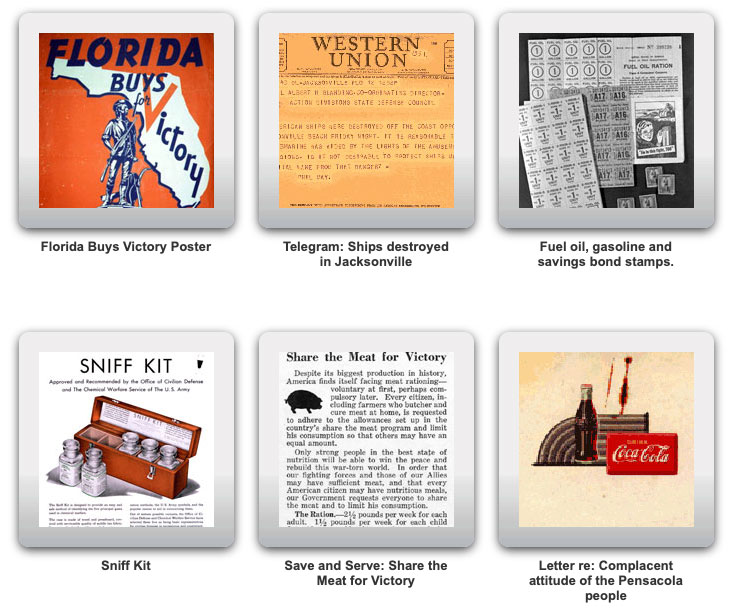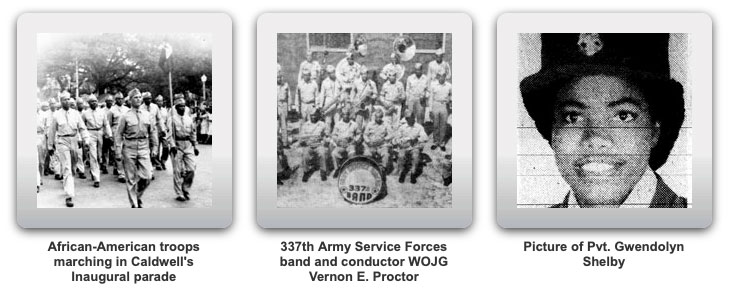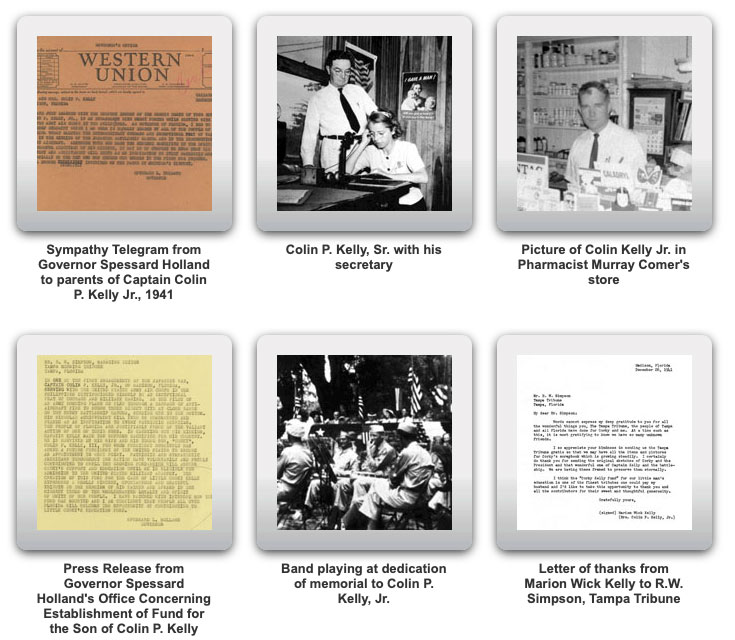Florida Goes to War
by Roy Winkelman

An often-overlooked FCIT website is Florida Goes to War: The Sunshine State in WWII. This website was a joint project of the Florida Humanities Council and the Florida Center for Instructional Technology.
We realize that only a small fraction of our subscribers are Florida teachers. But for History teachers anywhere, the site provides an excellent model for dealing with “home front” issues related to any foreign conflict.
The site naturally includes a rich collection of background readings, primary source artifacts, and links to supporting resources. The core of the website, however, is the section entitled, “War Comes to Florida.” The introduction to this section provides the context for the themes that follow:

World War II was the most significant event in modern Florida. The war swept Florida cities, farms, and people into its vortex. Urban neighborhoods, ethnic organizations, and garden clubs became part of an organizing frenzy seldom matched in American history. Unleashing the greatest economic boom in American history, Florida’s underdeveloped economy surged. But the war did not so much transform Florida as create the opportunities for post-war development. Most importantly, the war brought millions of young men, women, and workers to Florida for the first time. Six decades after V-J Day ended the conflict, war’s legacies can be seen everywhere: from the vantage point of millions of veterans who chose Florida for a new home (in 2005, Clearwater had the highest proportion of veterans as residents of any American city); a military-industrial complex evident in the atomic energy plants of Pinellas County and the military defense industries in Brevard County; the presence of VA hospitals, military cemeteries, and VFW lodges; and the enduring presence of air and naval bases in Pensacola, Jacksonville, Tampa, and Key West.
Economics
The economics theme includes information about ship-building, record rates of orange production, and the increasing demand for fresh vegetables to supply expanding military bases. Primary source images and documents help students to understand the dramatic changes in the state’s manufacturing and agricultural sectors.
Women
This strand examines the huge influx of married, middle-class women into the workforce. Women were working as welders, police officers, harvesters, pole painters, pilots, and even “lumber jills.” Women also “volunteered for the Red Cross, staffed the USO, and saved newsprint and bacon grease.”
Race
The war brought to light domestic injustices over equal work, racism, pay, and voting rights thereby sowing the seeds of the modern civil rights movement in the United States and Florida.
Florida Goes Overseas
The final strand looks at Floridians who served in the armed forces. A collection of photos documents the life of Colin P. Kelly, Jr., of Madison, Florida, who became the war’s first great hero when he guided his badly damaged B-17 into a Japanese battleship in Manila Bay.
Military
The military strand explores the impact of some two million servicemen and women and the establishment of 172 military installations in Florida. Florida also witnessed the conflict directly as German submarines sank 24 vessels along the state’s coast.





